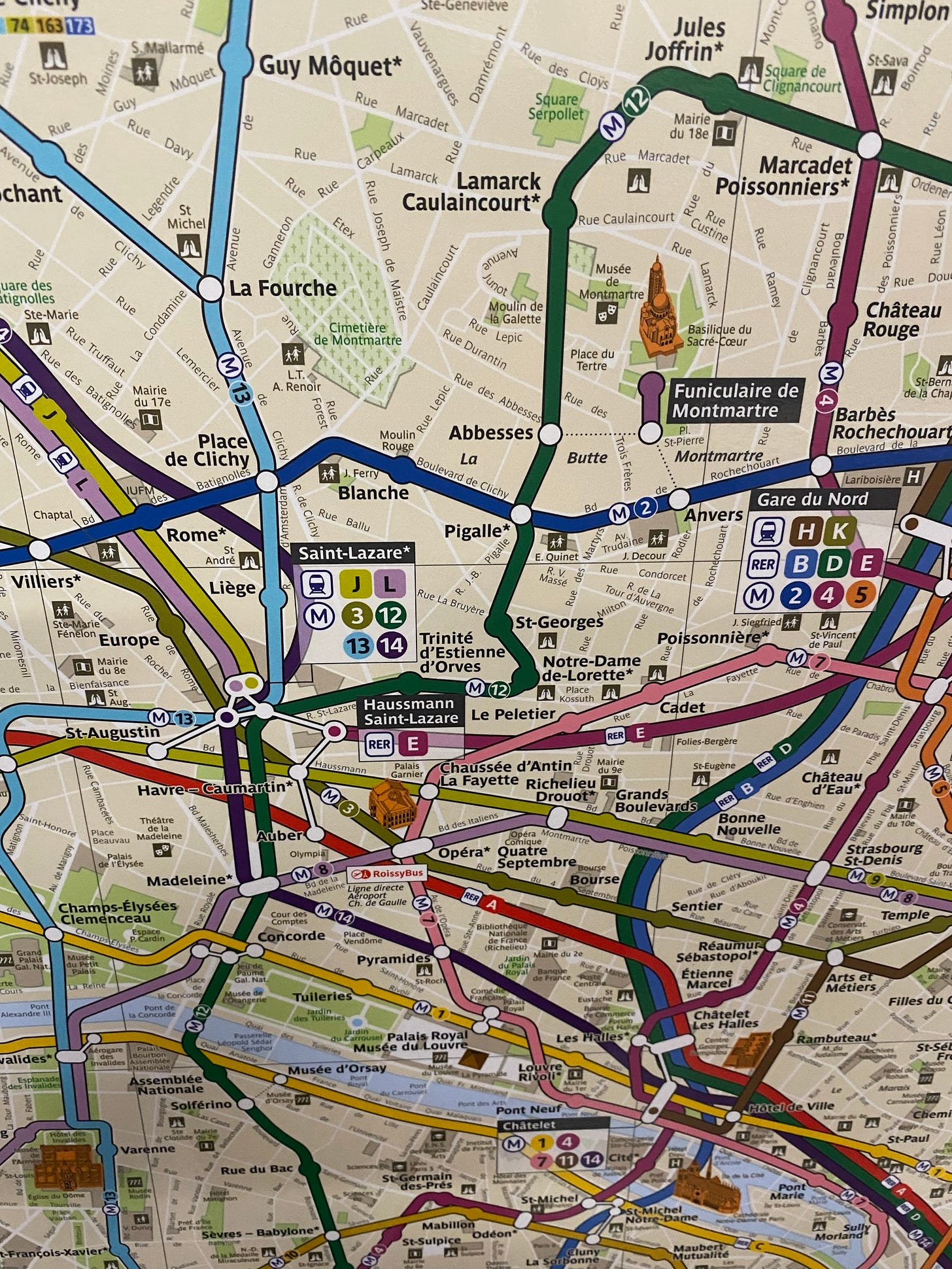Su$tainable Mobility, Volume 18 🛣
This bi-weekly newsletter aims to separate the signal from the noise for making money in all things sustainable transportation: Electrification, mode shift, active and public transit, and mobility aggregation, across both people and goods movement.
Note: since days are a meaningless construct in the period between Christmas and New Year’s Day, this issue is not being published on the normal Sunday schedule. Enjoy the holiday chaos.
This week we have a Deep Dive on how urban highways are fraudulent.
Disclaimer: This newsletter represents individual thoughts and not those of any employer. I will always disclose when I have a financial relationship with a company cited.
QUICK HITS: Fast takes on notable news from the last 2 weeks
🛴 Personally owned e-micromobility (e-bikes, e-kick scooters) may emit less CO₂ than the modes they replace, while shared e-micromobility may (counterintuitively) emit more. This is a great study, albeit limited in scope to just Zürich.
📉Auto analyst Arndt Ellinghorst is getting out of the game. Arndt has always been more down to earth than, say, Adam Jonas. It’s sobering to see his assessment about the long-term prospects of the legacy auto players.
🚂 European Commission is pushing for a second golden era of passenger rail to hit decarbonization targets. The details involve making cross-border rail travel as seamless as possible, signaling further pressure on the aviation industry.
⛽️ US EPA commits to higher fuel efficiency standards. Necessary, but not sufficient. At some point, we will have to grapple with both a ban on ICE vehicle sales (either effective or absolute) as well as scrappage policies to get polluting vehicles off the road.
🏡 California’s Tejon Ranch may be the largest development in the US without natural gas hookups. This is a great case study in how the need for new housing stock collides with the need for sustainable mobility.
🇨🇳 How CATL came to be a giant in EV batteries. The US is about a decade behind China in securing the building blocks for success in EVs.
🙅🏽♀️ Hyundai is shutting down product development on internal combustion engines. In many ways, re-assigning these 12,000 engineers is a much bigger step than vague promises about some future carbon targets. It’s hard to see any mainstream OEM that won’t take the same steps in the next few years. That’s a couple hundred thousand engineers globally that will need to be re-skilled.
🥊 Aptiv’s role as tech industry darling may not be long-lived. There’s a 3-way fight among OEMs, tier 1 suppliers, and tech companies for the profit pool associated with software in cars. It’s hard to see OEMs thriving in this space, but they will surely plow billions into trying.
💣 Tesla owner blows up his car…on purpose. A great example of why a circular economy for batteries is so necessary.
STARTUP WATCH: Sustainable mobility startups (generally pre-seed or seed) to keep an eye on
👩💻 MBrella (Belgium): Employee mobility planning software
🚏 RushOwl (Singapore): On-demand buspool service
👨🏾💻 Zevero (UK): Corporate emissions management software, including mobility
DEEP DIVE: Urban highways are fraudulent
Earlier this year, US Secretary of Transportation Pete Buttigieg announced that $1 billion of the federal Infrastructure bill would be spent on beginning to unwind a historic highway buildout rooted in racism. Partisan commentators jumped on the opportunity for a quick-hit sound bite about how infrastructure in and of itself couldn’t be racist, etc. It was a missed opportunity for a deeper understanding of how the buildout of our highway system was indeed influenced by racist and classist decisions.
President Eisenhower’s Federal Aid Highway Act of 1956 authorized more than 41,000 miles of highway in the U.S. The Feds picked up 90% of the tab and cared about how the new highway system allowed military convoys to travel swiftly across the country. Accordingly, state and local officials were given wide latitude to decide where the roads would be built in and around cities.
Countless cities made decisions on urban highway placement that razed or bisected Black and brown neighborhoods in the name of allowing white commuters from growing suburbs the chance to easily enter and exit central business districts. This often happened in tandem with the decision to dismantle streetcar networks, rather than expand them, partly based on fears of Black and brown residents accessing the suburbs.
The core of American cities suffered commensurably. Economist Nathaniel Baum-Snow estimates that urban highways resulted in an 18% population drop over a four decade period. Economic mobility suffered too; in a few decades, having a car become almost a must-have to get a good-paying job.
It took decades before policymakers began to question the benefit of running highways through the urban core, despite tangible social, economic, and environmental damage. Sometimes, correct decision-making came about entirely by accident; following the 1989 Loma Prieta earthquake, San Francisco demolished its waterfront Embarcadero freeway and created a vibrant ground-level boulevard.
Today, over a dozen US cities have demolished urban highways. But there are countless more that need to be addressed. Each one presents an opportunity to address community needs around mobility, air pollution, and housing. Sometimes the best infrastructure investment is undoing our biggest mistakes.


